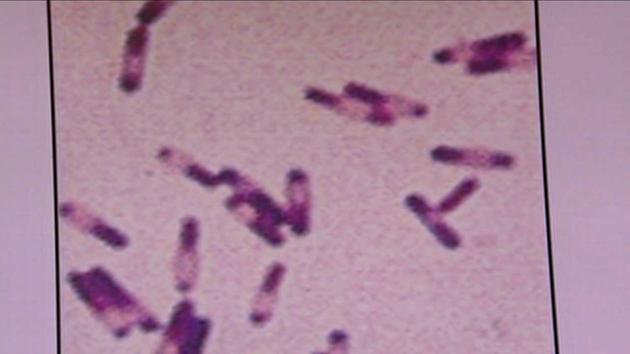California Statewide Fire Summary
Saturday, August 8, 2015
As
17 active wildfires continue to burn in California, over 10,000
firefighters remain on the frontlines. With the threat of thunderstorms
gone and with a return to seasonal weather today, weather conditions
will provide firefighters a continued opportunity to gain the upper hand
on many of these fires. California is getting extra assistance from
several nearby states including Nevada, New Mexico and Arizona. Over 50
fire engines have been brought in to assist CAL FIRE in containment
efforts on several of the fires, as well as providing an opportunity for
CAL FIRE to rotate crews and prepare for the possible next round of
high fire activity.
CAL
FIRE encourages everyone to be careful when out in the wildland area
and especially if residents plan on using powered equipment to create
defensible space, make sure to use the right tool for the job, and
finish before 10 a.m. To learn more go to www.readyforwildfire.org.
Fires of Interest:
**CAL FIRE Incidents**
Rocky Fire, Lake, Colusa & Yolo County (more info…)
East of Lower Lake
*69,636 acres – 62% contained
*Many evacuations lifted, some remain in effect
Humboldt Lightning Fires, Humboldt County
Throughout Humboldt County
*75 fires totaling 4,508 acres – 40% contained
Lowell Fire, Nevada County (more info…)
You Bet area, west of Alta
*2,304 acres – 90% contained
**Unified Command Incidents**
Fork Complex, Trinity County (more info…)
US Forest Service – Shasta-Trinity National Forest / CAL FIRE
South of Hyampom
*17,622 acres – 12% contained
**Federal Incidents**
River Complex, Trinity County (more info…)
US Forest Service – Shasta-Trinity National Forest
New River Drainage, near Denny
*13,827 acres – 10%
South Complex, Trinity County (more info…)
US Forest Service – Shasta-Trinity National Forest
Near Hyampom, south of Hwy 299
*15,956 acres – 5% contained
Route Complex, Humboldt & Trinity County (more info…)
US Forest Service – Six Rivers National Forest
West of Hyampom
*16,598 acres – 12% contained
Mad River Complex, Trinity County
US Forest Service – Six Rivers National Forest
Near Ruth Lake
*17,852 acres – 30% contained
Dodge Fire, Lassen County (more info…)
Bureau of Land Management – Northern California District
*10,500 acres – 35% contained
Mendocino National Forest Lightning Fires, Mendocino County (more info…)
U.S. Forest Service – Shasta-Trinity National Forest
*2 of the 15 fires remain totaling 195 acres
Nickowitz Fire, Del Norte County (more info…)
U.S. Forest Service – Six Rivers National Forest
*400 acres – 10% contained
Gasquet Complex, Del Norte County (more info…)
U.S. Forest Service – Six Rivers National Forest
on the Gasquet Ranger District
*9 fires totaling 1,702 acres – 0% containment
Cabin Fire, Tulare County (more info…)
US Forest Service - Sequoia National Forest
8 miles northeast of Camp Nelson
*5,362 acres – 83% contained
Rough Fire, Fresno County
US Forest Service - Sierra National Forest
2 miles north of the Kings Wild and Scenic River
*1,200 acres – 0% contained
Willow Fire, Madera County (more info…)
US Forest Service - Sierra National Forest
Southeast of Bass Lake
*5,702 acres – 95% contained
Chorro Fire, Ventura County (more info…)
U.S. Forest Service – Los Padres National Forest
North of Ojai
*282 acres – 95% contained
Washington Fire, Alpine County (more info…)
US Forest Service – Humboldt-Toiyabe National Forest
South of Markleeville
*17,790 acres – 99% contained

















